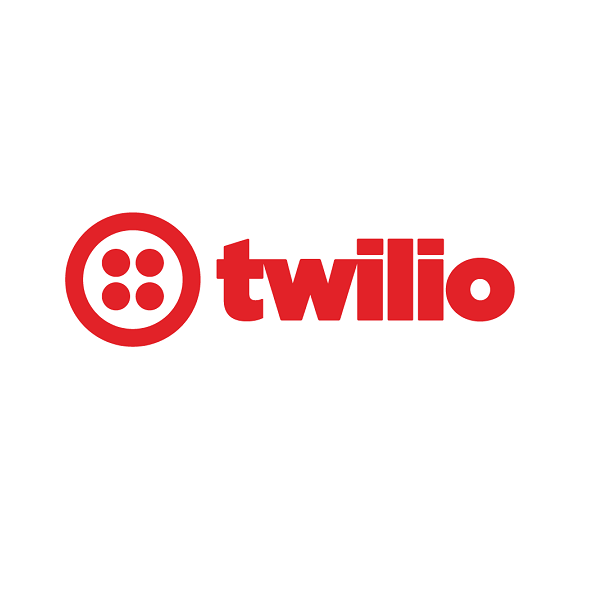 Mornings – you either love them or hate them. But regardless of personal preference, when it comes to Memorial Day email marketing, mornings are a crucial time. As one of the biggest shopping and promotional weekends of the year, email marketers had to embrace mornings to capitalize on the holiday’s potential ROI. And make no mistake, that potential was massive.
Mornings – you either love them or hate them. But regardless of personal preference, when it comes to Memorial Day email marketing, mornings are a crucial time. As one of the biggest shopping and promotional weekends of the year, email marketers had to embrace mornings to capitalize on the holiday’s potential ROI. And make no mistake, that potential was massive.
Email marketing represents the most used medium for businesses to engage with current and potential customers, with a proven ROI of $36 for every $1 spent. That’s difficult for most marketers to ignore, which means recipients’ inboxes are being flooded with promotional emails during holidays like Memorial Day. This creates a landscape where marketers are battling for consumers’ attention in the inbox. What that means in practical terms is that choosing the right time to deliver email messages will ensure your offers are front and center vs. 20-30 messages down a long list of holiday offers.
Unsurprisingly, engagement drops significantly on Memorial Day itself as consumers spend time with friends and family or go on vacation. Therefore, the timing of messages becomes increasingly important. Based on Twilio SendGrid’s data from last year’s Memorial Day weekend, mornings are when recipients are the most engaged during the holiday weekend. Most emails were opened in the morning around 9 am and then peaked around 1 pm PT, so this year marketers needed to get those emails out bright and early, keeping in mind the time zones of where recipients live to optimize engagement.
Read more: Keys for a Successful Online Business
The day of notwithstanding, timing remains everything when it comes to this holiday weekend. While there was a 4% increase in message volume in 2018 compared to previous weekends, there were 8% fewer opens and 6.2% fewer clicks. This very much exemplifies the challenge of capturing recipients’ attention at the right time as they become more inundated with messages. We found that when it comes to Memorial Day, it was wise to push up email marketing campaigns before the actual weekend itself. This was when people were more likely to still be engaging with their inboxes before they embarked on their holiday plans and disconnected.
Beyond the crucial component of time when it comes to Memorial Day sending habits, here are a few other insights around holiday sending based on our findings from last year’s holiday:
Standing Out in the Inbox: Ninety percent more email messages referenced “sales” in 2018 compared to previous weekends. With consumers being bombarded with more Memorial Day deals, savvy marketers needed stronger, more targeted and relevant discounts that were appropriately timed in order to rise above the noisy inbox fray.
The Desktop/Mobile Divide: In most scenarios, engagement on mobile wins out or is close to eclipsing the engagement that emails receive on desktops. However, last year’s Memorial Day weekend tells a different story. Fifty-four percent of total email opens/clicks in 2018 came from desktops, with mobile clocking in at 41% overall. On Memorial Day itself, 59% of opens/clicks came from desktops with only 37% on mobile devices. The fact remains that email rendering is unique within every major mailbox provider, desktop application and mobile email reader. It’s important for senders to use responsive design to manage complex templates that can deliver a consistent user experience across platforms.
Avoid the Dreaded Block: Last Memorial Day had a relatively high rate of blocked email with a 26% increase over the holiday weekend. This was most likely the result of overzealous marketers reaching way too far back into their recipient list in hopes of maximizing ROI for the holiday. The fact of the matter is that we live in an age of “less is more.” What this means is that delivery should only happen to those recipients that are truly engaged. What does that mean in actual terms? Marketers needed to use signals such as opens, clicks, recency and past purchases to determine who should, and more importantly, who should not receive a message. The former postmaster of Gmail said: “Every marketer in the world has a process for ramping up the volume on new IPs and domains, however, few have a process for ramping down the volume to those who are no longer engaged.” Engagement is the key to unlocking long-term sustainable growth in your email channel.
Conclusion:
So, what have we learned? Number one: the early bird gets the worm, so marketers should’ve prioritized sending Memorial Day messages bright and early. Second, email campaigns needed to be sent ahead of the weekend to maximize potential engagement. Third, recipient list hygiene will bolster deliverability. And finally, marketers needed to get creative with email copy so that Memorial Day messages were a welcome, eye-catching presence for recipients’ early morning survey of their inbox.
Read more: Getting the Most out of Your Technology Decisions in an “As-A-Service” World











